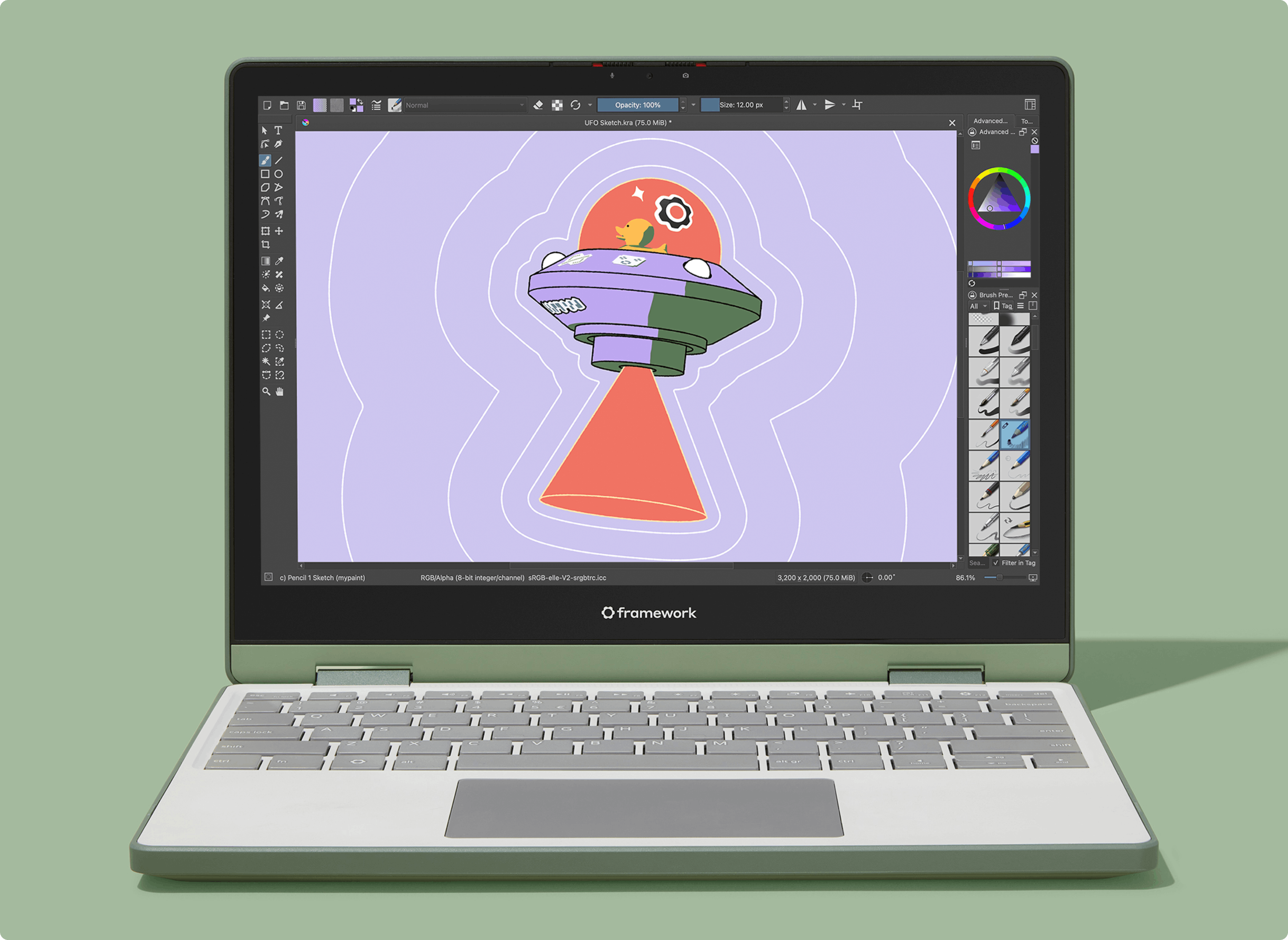Sell your stuff. See what sticks.
License • Code of Conduct • Contributing
Before you begin, ensure you have the following installed:
- https://www.ruby-lang.org/en/documentation/installation/
- Install the version listed in the .ruby-version file
We use docker and docker compose to setup the services for development environment.
- For MacOS: Grab the docker mac installation from the Docker website
- For Linux:
Install a local version of MySQL 8.0.x to match the version running in production.
The local version of MySQL is a dependency of the Ruby mysql2 gem. You do not need to start an instance of the MySQL service locally. The app will connect to a MySQL instance running in the Docker container.
- For MacOS:
- For Linux:
- MySQL:
- https://dev.mysql.com/doc/refman/8.0/en/linux-installation.html
- apt install libmysqlclient-dev
- Percona Toolkit: https://www.percona.com/doc/percona-toolkit/LATEST/installation.html
- MySQL:
We use imagemagick for preview editing.
- For MacOS: brew install imagemagick
- For Linux: sudo apt-get install imagemagick
For newer image formats we use libvips for image processing with ActiveStorage.
- For MacOS: brew install libvips
- For Linux: sudo apt-get install libvips-dev
We use ffprobe that comes with FFmpeg package to fetch metadata from video files.
- For MacOS: brew install ffmpeg
- For Linux: sudo apt-get install ffmpeg
We use pdftk to stamp PDF files with the Gumroad logo and the buyers' emails.
- For MacOS: Download from here
- For Linux: sudo apt-get install pdftk
We use Bundler to install Ruby gems.
If you have a license for Sidekiq Pro, configure its credentials:
If you don't have a license for Sidekiq Pro, set the environment variable GUMROAD_SIDEKIQ_PRO_DISABLED in your shell:
Run bundle install to install the necessary dependencies.
Also make sure to install dotenv as it is required for some console commands:
Make sure the correct version of npm is enabled:
Install dependencies:
App can be booted without any custom credentials. But if you would like to use services that require custom credentials (e.g. S3, Stripe, Resend, etc.), you can copy the .env.example file to .env and fill in the values.
- Install mkcert on macOS:
For other operating systems, see mkcert installation instructions.
- Generate certificates by running:
If you installed Docker Desktop (on a Mac or Windows machine), you can run the following command to start the Docker services:
If you are on Linux, or installed Docker via a package manager on a mac, you may have to manually give docker superuser access to open ports 80 and 443. To do that, use sudo make local instead.
This command will not terminate. You run this in one tab and start the application in another tab. If you want to run Docker services in the background, use LOCAL_DETACHED=true make local instead.
For Linux (Debian / Ubuntu) you might need the following:
- apt install libxslt-dev libxml2-dev
This starts the rails server, the javascript build system, and a Sidekiq worker.
If you know what foreman does and you don't want to use it you can inspect the contents of the Procfile.dev file and run the required components individually.
You can now access the application at https://gumroad.dev.
You can log in with the username [email protected] and the password password. The two-factor authentication code is 000000.
Read more about logging in as a user with a different team role at Users & authentication.
You will need to explicitly reindex Elasticsearch to populate the indices after setup, otherwise you will see index_not_found_exception errors when you visit the dev application. You can reset them using:
To send push notifications:
We use ESLint for JS, and Rubocop for Ruby. Your editor should support displaying and fixing issues reported by these inline, and CI will automatically check and fix (if possible) these.
If you'd like, you can run git config --local core.hooksPath .githooks to check for these locally when committing.









 English (US) ·
English (US) ·